As a part of the federal Clean Water Act, the State of Hawaii Department of Transportation (HDOT) Highways has a plan for keeping our storm water as clean as possible. This plan is called a SWMPP, which stands for Storm Water Management Program Plan. A copy of this plan can be downloaded on our site. It addresses how HDOT does its work, what it requires of work done on and around state roads, and ways of educating all of us in better storm water practices. The Oahu SWMP Plan is full of technical jargon. The Definitions List will help you to understand what storm water is all about.
No, they are two separate systems. Wastewater from our homes and businesses flow through the sanitary sewer system to wastewater treatment facilities where it is treated before it is discharged into the ocean. The storm water drainage system channels water away from our highways and roads to avoid flooding, but it doesn’t carry water to a treatment facility. That’s right – it’s untreated! The water flows through the drainage system pipes and is discharged into our streams or directly to the ocean.
The storm water drainage system along our roads and highways is designed to quickly and safely carry water off the roadway. This means that any pollutants that are swept up in the storm water are carried directly to the ocean, which can pollute Hawaii’s waters. We all need to be aware of storm water issues so we may do our part to keep pollutants out of storm drains.
Some pollutants are more obvious than others. Things like oil, paint, and other chemicals can make our streams and beaches unpleasant and even dangerous for fish, coral, and people. Litter, like fast food containers and plastic water bottles, is easily carried into and through the storm drain system. Did you know that lawn fertilizer, car wash detergent, and even soil are pollutants too? Excess fertilizers can cause algae blooms that use up all the oxygen in the water killing other aquatic life. Detergents can kill sea life as well. Topsoil carried into the ocean by storm water can limit sunlight penetration, coat our reefs with sediment, and end up killing fish and coral.
There are many ways we can all help to keep Hawaii’s oceans beautiful and healthy. This site includes helpful tips for household activities, remodeling, gardening, car care, agriculture, and household waste. There are also helpful resources for businesses as well as design consultants and contractors. You can also get a group together and adopt a section of roadways with the Adopt-A-Highway program.
The only thing legally allowed to go into the storm drain is rainwater. It is not legal to direct run-off from your business or home into the state storm drain system without a permit. Dumping things like trash, oil, paint or even grass clippings into a storm drain pollutes our streams and ocean. That’s why it’s against the law. If you observe illegal dumping of waste into the storm drain system on a state highway, you can report it by calling (808) 831-6714 or via our Report Violation Form. If you feel that it is necessary to discharge into the State system either on a one time basis or on an on-going basis, you must apply for and receive a permit from HDOT. The permit can be downloaded from our site (pdf 28KB).
We want to hear from you. Do you have questions that you want answered? Fill out a comment form. You might even see your question show up on this page!

